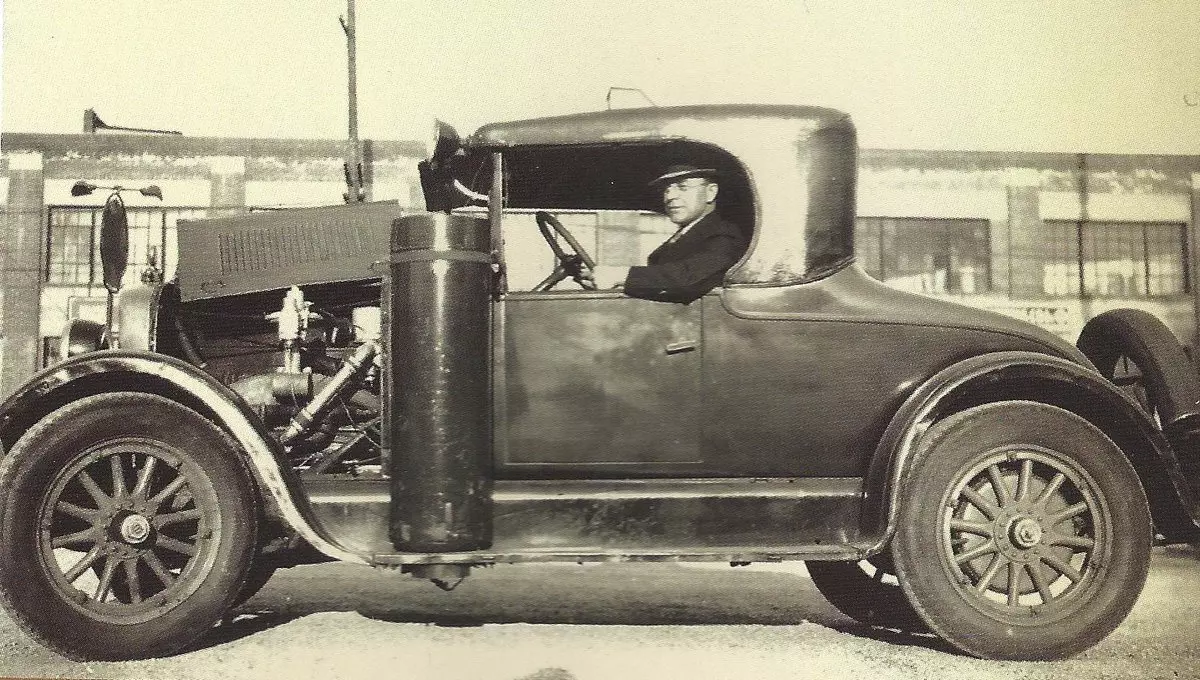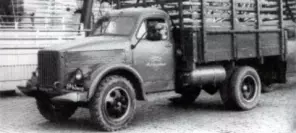- Main page
- Search
- Up to date
- Products
- Technology
- Vehicles
- Video
- Conversion Payback Simulator
Port Injection - Conversion Payback Simulator
Direct Injection - Conversion Payback Simulator
Diesel - Newsletter
You've come a long way, autogas
 loading results...
loading results...How alternative fuels were born
In the 1930s it was already quite evident that petrol had prevailed as the primary source of motivation for cars. However, it didn't stop automakers and inventors alike from experimenting with all sorts of alternatives, including electricity, steam, wood gas and, of course, LPG, back then not even referred to as autogas. The latter would later prove the most viable substitute to petrol – 85 years after the drive, EVs are nowhere near where LPG is as motor fuel.
Those magnificent men in their driving machine
The approx. 2400-mile-long road trip from Michigan to California, which would take 35 hours of driving even today, was taken by two men – Paul Endacott and G. G. Oberfell. The former was an ex-basketball star who then worked for Phillips Petroleum, the latter was an engineer and author, whose works revolved around fuels, including gaseous ones. They used the journey to test four experimental LPG carburettors picked up from a research facility along the way and that's pretty much all we know about their endeavor.
The trailblazer
Where was the car refueled during this lengthy trip? At LPG distribution facilities perhaps, although there couldn't have been many across the USA back in the 1930s. In fact, we imagine driving an autogas-powered car from Michigan to California would be a challenge even today and certain portions of the route (quite substantial ones, probably) would have to be covered using petrol. Yet it's easy to see that autogas is the world's third most popular motor fuel today thanks to people such as Endacott and Oberfell and their sense of curiosity and discovery. Thank you, gentlemen!
You may also find these interesting:
 loading results...
loading results...








